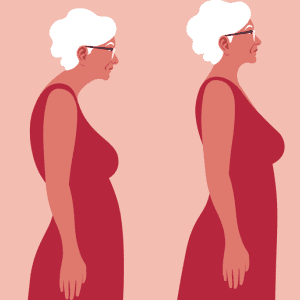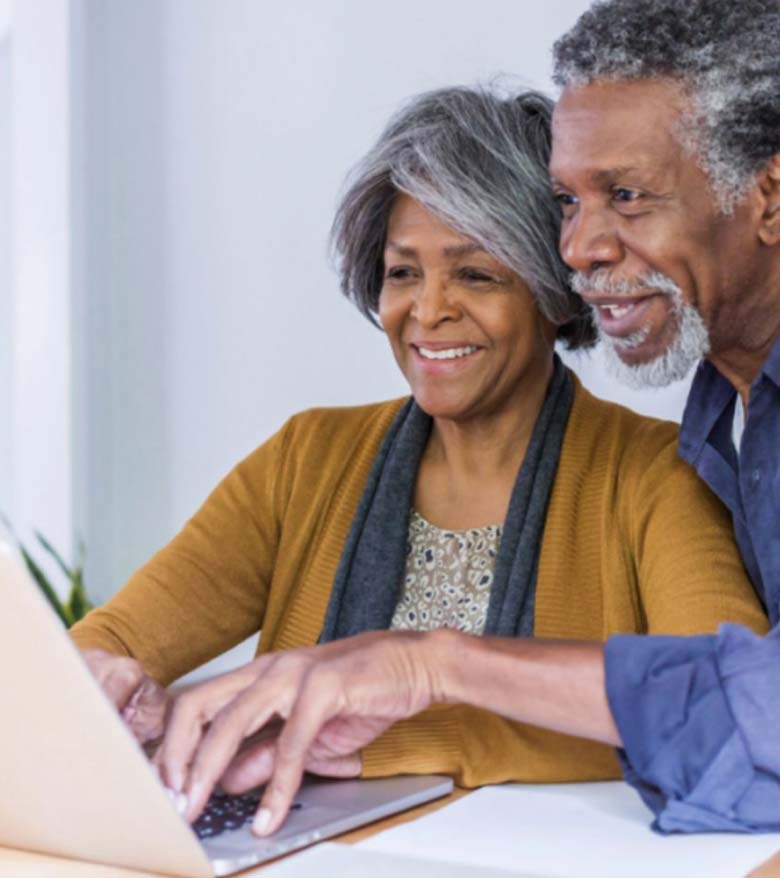Postural Problems: The Importance Of Posture As You Get Older

Postural Problems: The Importance Of Posture As You Get Older
August 20, 2025
Does this sound familiar? Your back aches, your neck hurts, your balance is a bit off, and your head hurts at times. You may even be dealing with indigestion and incontinence issues. While these could all be the result of innumerable health problems (and you obviously need to consult a health professional to sort things out), another possibility is that your poor posture is to blame. It turns out poor posture is not just a matter of how you look- it’s also an important factor in how you feel, both physically and even emotionally. That slouching of yours places more pressure on spines that were never meant to take us into our later years, and increases pressure on our lungs and abdominal organs, so that your breathing may be hampered and your bladder may be put under undue strain. Good posture is even known to lift your mood and contribute to your cognitive well-being. So while there are aesthetic reasons (and even beauty trends) for why good posture is important, the reality is that it’s essential that you stand up straight and align your spine as you get older.
First, let’s consider why your posture is a problem as you get on in years. Certainly, the way you sit and move (or rather, don’t move) can wreak havoc with your spine. The less attention you pay to standing up straight, the more you will lean forward (possibly further exacerbated by your use of various tech devices), leading to weaker muscles supporting the spine, rounded shoulders closing in on your chest muscles, and stiffer joints. Loss of bone density as you age will also put pressure on your spine, along with degenerative disk disease. All of this can lead to less flexibility, less mobility, and a heightened risk of balance loss and falling as a result of poor posture. This doesn’t have to be the inevitable result of getting older, but it does require conscious attention to the way you hold, strengthen, and position yourself as you move throughout your day. And it’s never too late to turn things around- and upright.
So, what to do to improve your posture? Beyond the obvious examples of taking good care of your bones (calcium, Vitamin D, strength training), it takes time and conscious attention to stand straight and sit up (perhaps with a back support pillow) rather than slouching on the couch or your desk chair. You may want to try an app on your phone, such as Posture Minder, for regular reminders to stay upright. You may also want to try products that can remind you on a regular basis to stand tall or give you feedback if you are slouching too often. A recent Huff Post article suggests 14 different products to help promote better posture, including apparel, chest braces, massagers, harnesses, and other back-supporting products. You also want to make sure you have a sufficiently supportive (but not too high) pillow to protect your neck while sleeping. The New York Times Wirecutter recently published its recommendations for a lumbar support pillow to help you sit up straighter.
But in reality, what you really need to work on is training the various components of your body to move in an aligned manner and to be flexible and strong enough to support your spine and maintain good posture. So what kind of movement and exercise will help to reach that goal? A recent article in The Wall Street Journal suggests you surround yourself with mirrors to observe your posture over the course of the day or have friends or family members photograph or video you, so you can be better aware of how you sit and stand. That article also recommends standing with your back to a wall: “A wall will show you what it feels like to be aligned.” A consultation with a physical therapist can also give you a better understanding of whether you are misaligned and what you can do in response.
Want to try some exercises and stretching routines on your own for better posture? There are an array of online recommendations, including video presentations and websites dedicated to better posture. For example, our friends at Yes2Next recently released a YouTube session on strengthening your back and core, essential for improving balance and posture. The website Posture Guy Mike provides instruction and the opportunity for online classes to help diagnose your posture problems and improve your presentation. Posture Guy Mike also has educational posture videos on YouTube. If you’re looking for something gentle to start you off, you may want to consider the chair yoga poses for posture recommended by Health Shots. Finally, The New York Times recently published a series of video demonstrations that show how various Pilates moves can put you on the path to better posture. However you can, and whatever it takes, you’ll look and feel better- and age healthier- if you pay better attention to your posture.







